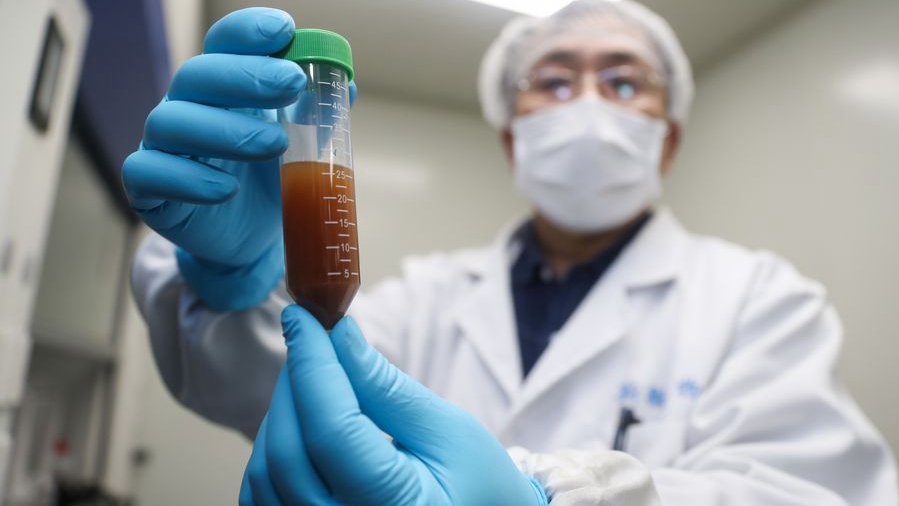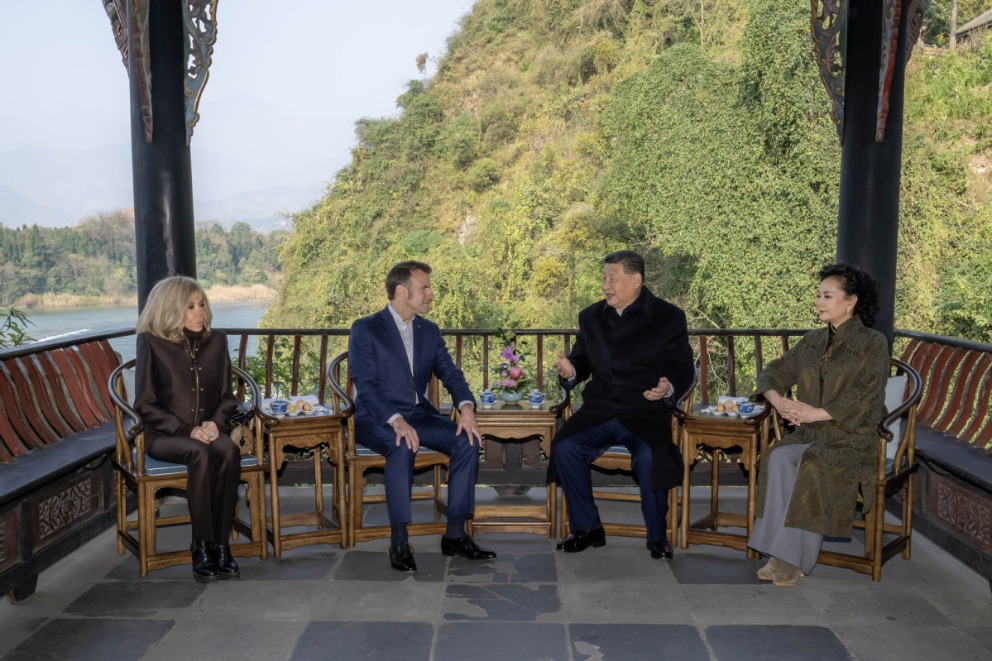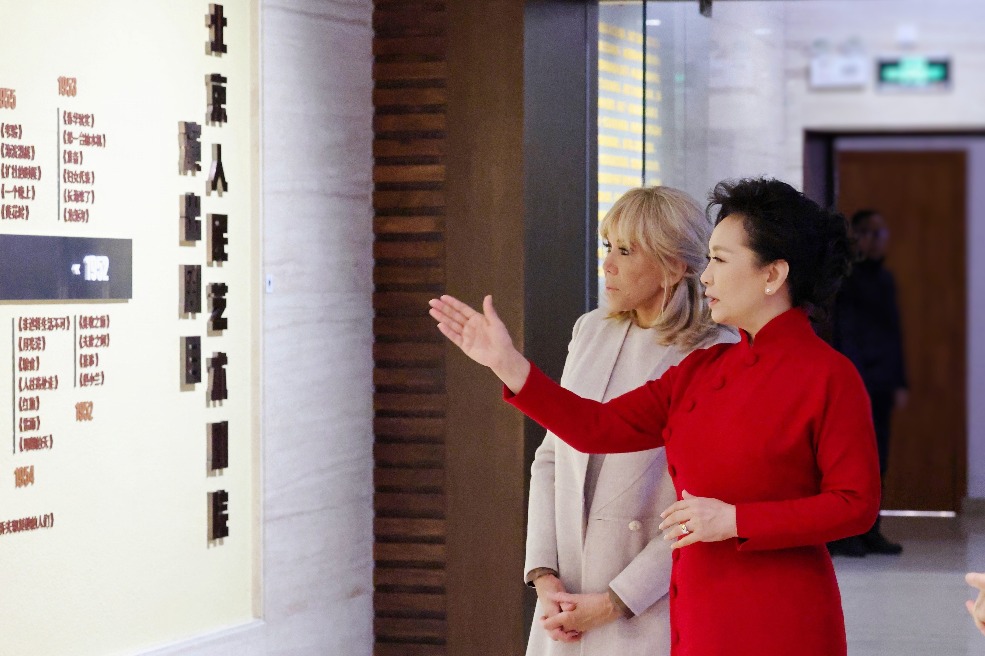Transparency and trust seen as critical to battle
By MAY ZHOU | Updated: 2020-06-08 09:42
Experts from the United States, China, Canada and Singapore came together for an online conference to discuss fighting COVID-19 and to call for global collaboration to beat the pandemic.

The event on Thursday was organized by Rice University in Houston and Zhejiang University. Y. Ping Sun, Rice University representative, said coronavirus is a global problem that requires a global solution.
"Only by working together can we find a solution to address the pandemic more quickly," she said.
Neil Bush, founder and chairman of the George H.W. Bush Foundation for US-China Relations, which sponsored the event, said in opening remarks: "My father believed that the US-China relationship was the most important bilateral relationship in the world. Not only is our country and world right now facing the health challenge of a pandemic and the global economy being shut down, we are also seeing the rise of great tensions between the United States and China.
"If there ever is a time where we should practice the ethos and philosophy of George H.W. Bush, where we should collaborate where we should share best practices, that times is now.
"This is the time we should find our common humanity, link arms and work together. So, to build walls, to point fingers of blame is counterproductive."
Sten Vermund, the dean of Yale School of Public Health, gave an overview of the pandemic, saying that by Thursday 6.6 million people had been infected by COVID-19 worldwide, and more than 388,000 people had died.
In addition to research on a vaccine and drugs and the development of data science to help formulate good policy, Vermund said, honesty in government and health care is also important.
Wu Xifeng, dean of the School of Public Health and vice-president of the Second Affiliated Hospital at Zhejiang University, told of how China predicted the infection trend by modeling, which turned out to be very close to what has happened. Such modeling is also being used to help China decide how and when to reopen, she said.
Teo Yik Ying, dean of the Saw Swee Hock School of Public Health at the National University of Singapore, told of how Singapore employed aggressive testing, contact tracing and isolation of infected citizens at government facilities to prevent the spread of the virus.
"When we start to think about global response, it is important that this global response takes into account inter-government partnership, especially when we start to think about unlocking and easing restrictions. This requires transparency and trust between governments."
'Tip of the iceberg'
Lynn Goldman, dean of the Milken Institute School of Public Health at George Washington University, said US data of COVID-19 is uneven and inconsistent because of the way testing is implemented.
"We don't know at all in the United States what's going on. Unlike many other countries, we have to see symptoms before allowing the test to be used. When we see the results of testing, we only see the tip of the iceberg."
The good news is that the US is supporting five approaches to vaccine development under the program called Operation Warp Speed, Goldman said.
Craig Janes, director of the School of Public Health and health systems at the University of Waterloo, Canada, said the COVID-19 response in Canada has not been that much different to that of the US, with its fragmented healthcare system.
Chi-Man Yip, professor and director of the China Health Partnership at Harvard University, examined COVID-19's negative impact on non-COVID-19 patients in terms of delayed immunization, diagnosis and treatment of other illness such as stroke and cancer. For example, at one point the number of outpatients dropped by as much as 60 percent. At the same time the use of telemedicine rose more than 10 percent.
























